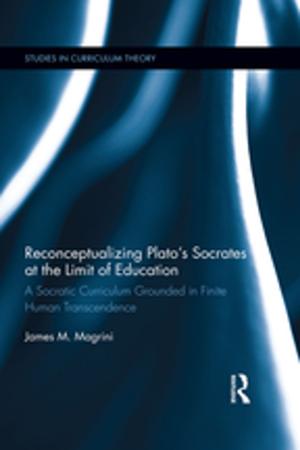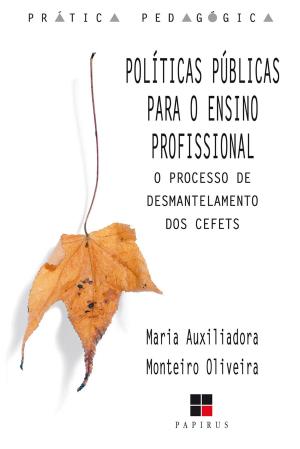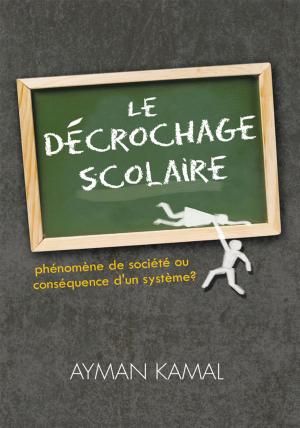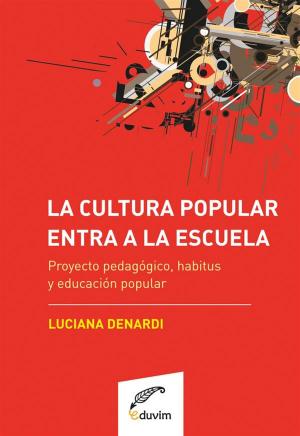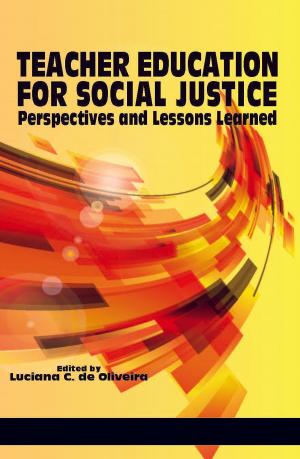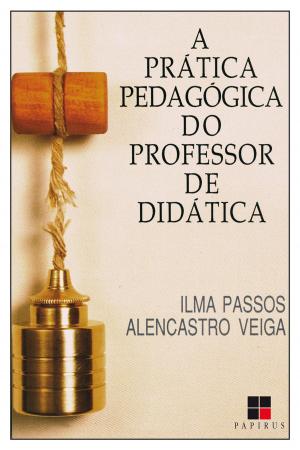Pause, Rewind My Teacher: A Flipped Approach to Learning
Nonfiction, Reference & Language, Education & Teaching, Educational Theory, Aims & Objectives| Author: | Christopher Waterworth | ISBN: | 1230000277863 |
| Publisher: | Christopher Waterworth | Publication: | November 1, 2014 |
| Imprint: | Language: | English |
| Author: | Christopher Waterworth |
| ISBN: | 1230000277863 |
| Publisher: | Christopher Waterworth |
| Publication: | November 1, 2014 |
| Imprint: | |
| Language: | English |
Have you watched a YouTube video to learn a new skill and then fixed your car, sketched a portrait or baked a cake? How many times did you pause and rewind different parts of the clip? The biggest advantage of flipped learning is that 'You can pause and rewind your teacher.'
Flipped learning is not a new concept, nor is it about filming every lesson and publishing it online for the children to view prior to coming to class. Believe it or not we have been flipping our classrooms for years - sending home a passage of text to read, researching a point in history or practising multiplication tables. This is all learning outside the classroom - at home, on the bus, before a dance class or football practise.
Flipped learning enables children to complete the knowledge and understanding aspects of a learning journey OUTSIDE of class time. They are then ready to apply, analyse and evaluate the concepts INSIDE the classroom. The traditional method of ‘chalk and talk’ and the perception of the teacher as a ‘font of all knowledge’ is removed completely. The teacher’s role is to engage the children in higher-order thinking.
Have you watched a YouTube video to learn a new skill and then fixed your car, sketched a portrait or baked a cake? How many times did you pause and rewind different parts of the clip? The biggest advantage of flipped learning is that 'You can pause and rewind your teacher.'
Flipped learning is not a new concept, nor is it about filming every lesson and publishing it online for the children to view prior to coming to class. Believe it or not we have been flipping our classrooms for years - sending home a passage of text to read, researching a point in history or practising multiplication tables. This is all learning outside the classroom - at home, on the bus, before a dance class or football practise.
Flipped learning enables children to complete the knowledge and understanding aspects of a learning journey OUTSIDE of class time. They are then ready to apply, analyse and evaluate the concepts INSIDE the classroom. The traditional method of ‘chalk and talk’ and the perception of the teacher as a ‘font of all knowledge’ is removed completely. The teacher’s role is to engage the children in higher-order thinking.




